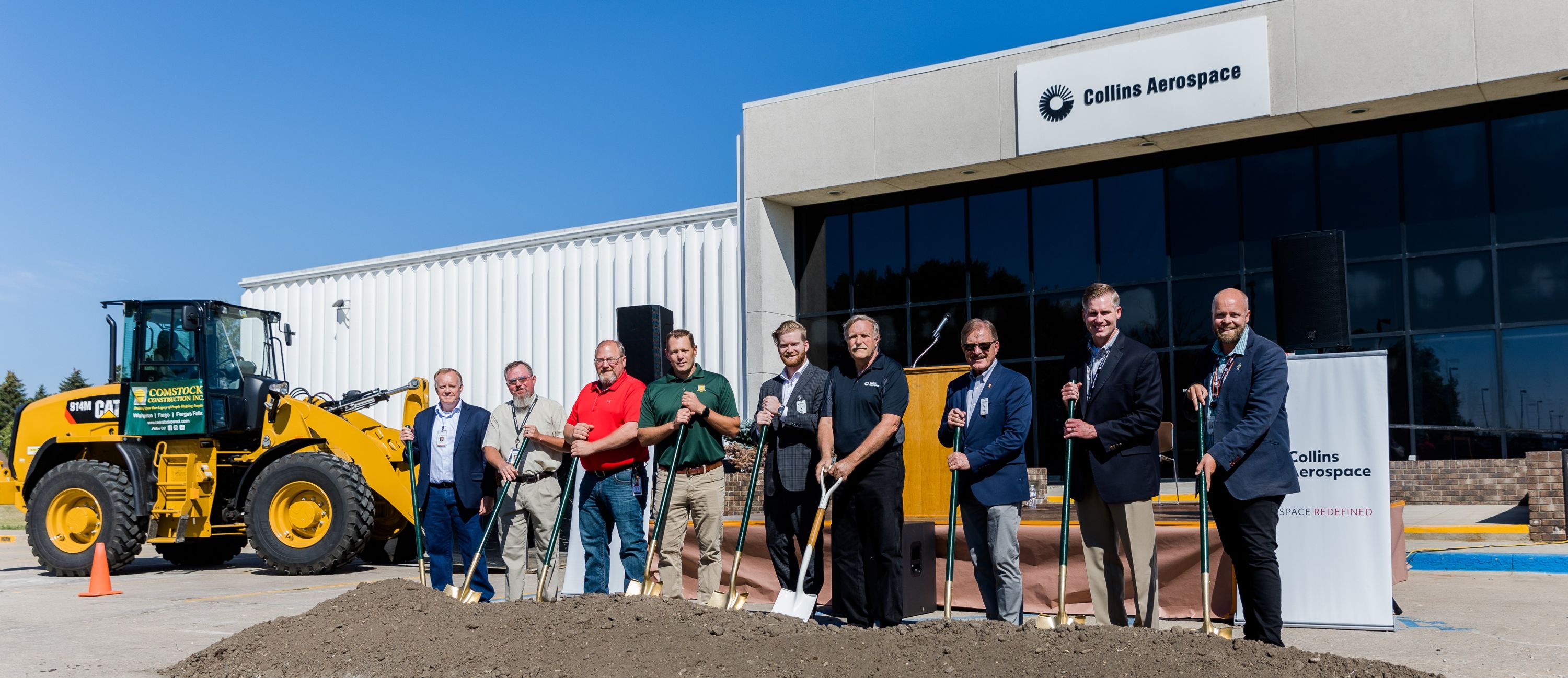
MidMach’s Pursuit of Excellence Leads America’s Manufacturing Comeback
November 14, 2025
There were two cornerstones anchoring the foundation of Midwestern Machine in 1977; values that also anchored its founder, Keith Veil.
Innovation was one. The second. An obsessive pursuit of excellence.
As his operation grew, so did its reputation. Hard work, continuous improvement, and a humble gratitude rooted in a strong faith in God. It made the North Dakota manufacturing company stand out. As time went on, more people began to notice.
But could that business model survive when quality and customer service was falling by the wayside and American manufacturers were moving offshore.
A Proud Heritage of American Manufacturing
Midwestern Machine began with the production and manufacturing of parts for the agricultural, aerospace and energy industries of North Dakota.
Over the past four decades, that reach would extend beyond the state border, then coast to coast on a trajectory that would eventually go global. By 2014, it rebranded with a new name, MidMach.
The move signaled a fresh start, although one that kept a razor sharp focus on its ethos, one that remains proudly displayed on its website: Through hard work and the blessings of God, we strive for excellence in everything we do.
“MidMach was founded on an ideal that quality and performance is necessary for the success of a business and this translates directly into the success of our customers,” said Vice President Casey Veil.
It’s also something MidMach’s customers have come to expect as the company refined and fine-tuned its processes, pursued ISO certification, and implemented Lean 6 sigma in manufacturing and adopted PPAP requirements.
“Formalizing our continuous improvement culture is essential for efficient growth of the business,” said Veil.

The Biggest Challenges Facing American Manufacturing
As America renews its interest in manufacturing and increasing the pipeline of skilled workers to service them, many companies find themselves facing a triangular set of challenges.
“The biggest challenge facing MidMach and other manufacturers today is a combination of labor sourcing, manufacturing capacity, and competing with offshore suppliers,” said Veil.
To produce the results that MidMach customers demand requires an abundance of skilled labor. But while more and more talented workers are perusing the job boards, competition is stiff, making high turnover rates a common occurrence.
“Considering all of this and competing with a total value-added service as a niche that combines quality, delivery assurance, and flexibility with a competitive price is a challenge,” said Veil.
Rather than get mired down in the complexities of those challenges, MidMach takes them head on. The company has made significant investments in human resources, equipment and facility expansion that now includes a wide range of automated welding capabilities.
“This has facilitated our ability to leverage a broader resource pool by upskilling the core team with formal training and then extending the daily tasks to an unskilled labor pool combined with OJT to ensure competency,” said Veil.
Pride In What We Do
“A great part about being in the Jamestown business community is the pride in what we do and the collaboration of support,” said Veil. “There’s a genuine sense that we all want to see each other succeed as that helps sustain and grow our own businesses as well as the community as a whole.”
MidMach has also leveraged development opportunities with the Jamestown Stutsman County Development Council thanks to automation grants and incentives for equipment and training, which in turn has helped the company address challenges more quickly and effectively.
“Additionally, we are taking advantage of other local resources such as the Work Based Learning program with the JVCTC to help build and create interest in the skilled trades that are in demand,” said Veil.
MidMach is keenly aware of the importance of being actively involved in the support of the community.
“Recognizing that our community culture has changed from ‘living in a place where you want to work’ to ‘working in a place where you want to live,’ our business and community collaboration is a priority. Working with each other and leveraging the local resources to ensure the success of each individual business as a betterment to the community is foundational in support of that culture,” said Veil.






